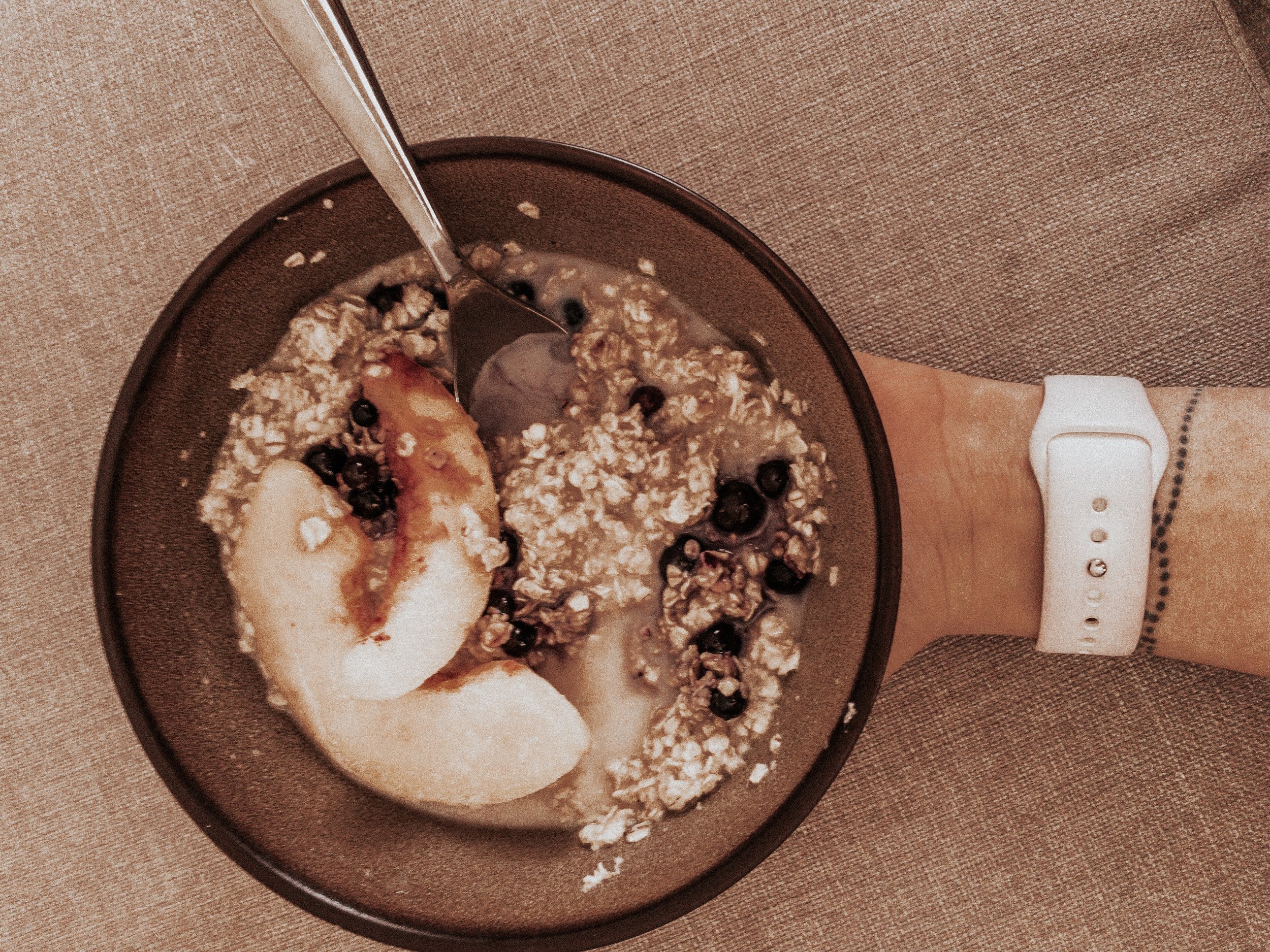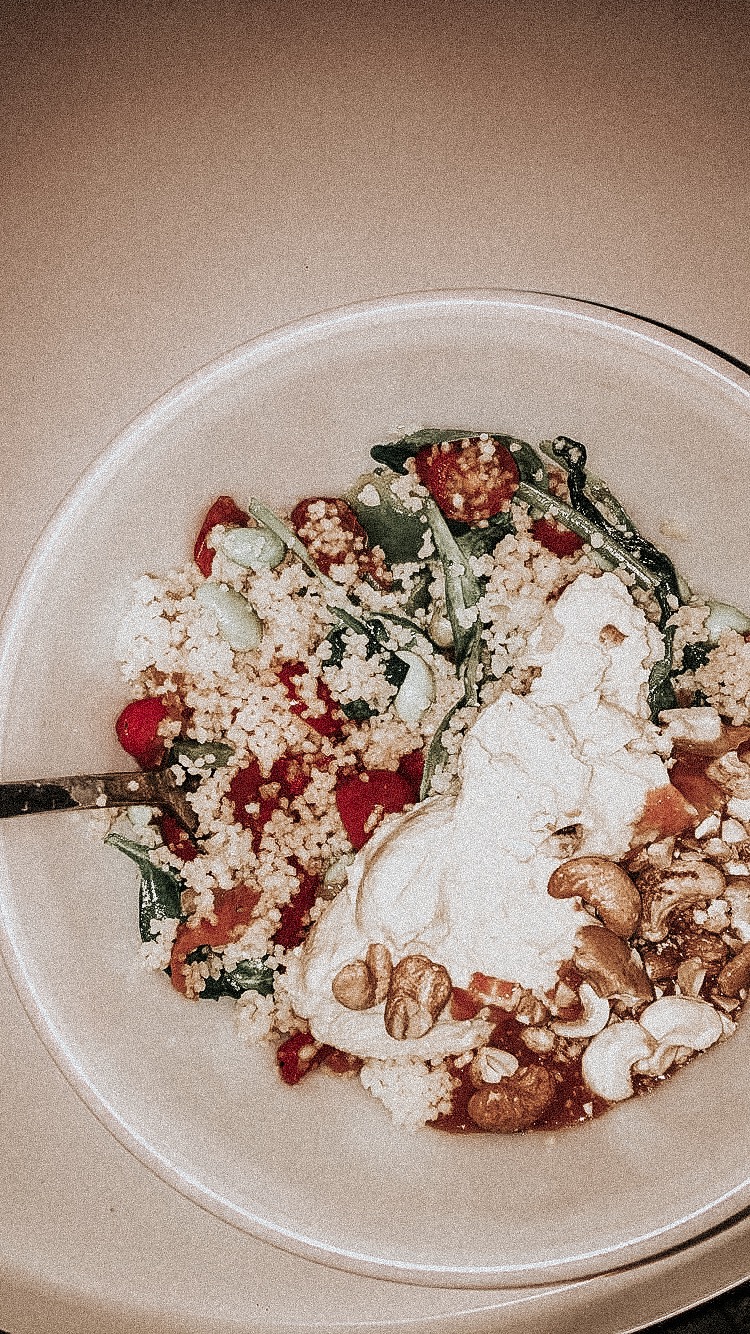Mixed Up Money
START TRACKING YOUR SPEND
Get to know where you spend, how it makes you feel and what really matters when it comes to your money!
Grab your freebie!
Blog Categories
Let's stop pretending that being good at money means you need to be good at math. Instead, let's listen to our body and our mind.
Hi, I'm Alyssa Davies

I try not to push anyone to spend like we do, because it’s honestly not for everyone
The top five questions my friends and family consistently ask me when it comes to money are:
-
What is the best credit card?
-
How did you get out of debt?
-
How much should I be saving for retirement?
-
How do I invest?
and…
How do you keep your grocery costs so low?
When it comes to food, we are all literally so obsessed omg. Probably because (duh) we need it to survive, but also because it’s typically one of the highest spending categories in the average consumers budget.
According to a Global News’ analysis of Statistics Canada data, Canadians spend an average of around $200 a month per person on food bought in stores. Yeah, you read that right. $200 per person! It’s not cheap to afford this necessity — but it doesn’t have to be as expensive as you may think.
I’ll admit, the way we grocery shop isn’t for everyone. It’s not glamorous or creative by any means. But it is affordable and easy (which are a couple of my favorite adjectives tbh).
Disclaimer: We eat 100% vegetarian at home to cut grocery costs. I completely understand that this is not for everyone. Therefore, this information might not be for you. However, we do allow ourselves to eat meat any time we enjoy a dinner out or night of ordering in. The ordering in part is more likely because, duh. Also, the Canadian Food Guide does recommend that you eat more plant-based proteins now, so I’m just following orders.
For a quick example, below are four of our go-to meals:
-
Oatmeal | Bulk quick oats, frozen fruit, brown sugar
-
Warm Couscous Salad | Couscous, hummus, cooked frozen vegetables, cashews, hot sauce
-
Pasta | Gnocchi, pasta sauce, spice, frozen green beans, sliced almonds, garlic, butter
-
Vermicelli Bowls | Vegetarian spring rolls, vermicelli noodles, shredded carrot, cucumber, peppers, chopped peanuts, hoisin, hot sauce
The best part? Each of these meals cost us <$5 and they are all extremely filling. To keep our monthly grocery budget around the ball park $300 mark, we tend to follow some grocery shopping rules that have yet to fail us this far.
Rule #1: The Three F’s
At the end of the day, it’s all about preparation, enjoyment and relaxation. Ha! Jokes. It’s really all about fast, frugal, and full. Once we find a meal that fulfills our 3 “F’s” — it becomes a household staple and we’ll honestly eat it on repeat over and over again. We’ve gotten really good at some of our usual suspects, which makes grocery shopping a breeze. Anytime we try something new, we tend to only buy that item if it’s on sale or in-season. Otherwise, we sadly stick to our boring (but extremely easy) routine.
The best part? We know exactly how much to make to provide a huge meal for two, as well as leftovers for lunch the next day. Leftovers are queen bee in this household, my friends.
Rule #2: 10x Your Favorite Meals
Typically, if you’re working on a new project, you start your journey researching what other organizations out there have done in a similar respect. Once you’ve found similar products, you 10x the final outcome. For example, if I were to create a financial product where I taught you how to budget, I’d look at the other online courses out there and brainstorm ways that I could make my product 10x better than theirs. Smart, eh?
Well, we do the same with our groceries. When it comes to our favorite meals that we tend to buy from restaurants, we have found that a lot of those meals can be made for a much more reasonable price tag at home — and they taste 10x better. Why? Because we can customize them to our liking.
One of my best examples of this are salad rolls from Vietnamese restaurants. I used to spend $9 for three salad rolls. After doing some research, I found that the price-margins were insane. At home, I could make 12 salad rolls and still come in under $5 — and I now do just that.
Rule #3: Boring is Best
As a family who leads a fairly busy lifestyle, we typically don’t have a ton of time to cook and prepare meals each night. Plus, when we do finally have the time to sit down and make dinner, we are extremely tired and lazy. That’s when Skip the Dishes starts to creep into the conversation.
Being boring has saved us a ton of money and helped us to avoid ordering out. We know that we can make an awesome meal in under 30 minutes and for under $10 — whereas waiting for Skip the Dishes would take the same amount of time and cost double or triple what we spend on our groceries. Don’t get me wrong, we still treat ourselves quite frequently by dining out, ordering in, and hitting coffee shops for our caffeine kick, but we’ve also found that having staple meals that don’t go out of style is ultimately where we win at our grocery budget.
Rule #4: Produce Can Be Dangerous
The vast majority of what we eat are fruits and vegetables — which is what typically ends up costing us the most on our grocery bills. However, we learned very quickly when we first moved in together that buying too much produce and more importantly — too much of the wrong types of produce — can be dangerous.
We started to buy a lot more frozen produce when we learned that they are actually better for you than fresh produce. I know, I know, it sounds absolutely crazy. But you can read more about that here. Not only are they a healthy option, but they are also very affordable given their shelf life. My favorite frozen finds have been edamame, green beans, peaches, avocado, blueberries, pineapple and corn.
In the mean time, some of my other favorite tips for produce are to only buy fruits and vegetables that have a longer shelf life, or to extend those with shorter shelf life by using some hacks. The best hack we’ve gotten as of late was from my Mother-in-law who shared that if you put paper towel in with your spinach and flip the container upside down, it will last much longer. It’s saved us a ton of stress because we can only eat so much salad in a week, am I right ladies?
In January, we spent $296.81 on groceries for myself, my husband, and our 8-month old
To provide a completely transparent insight into what we eat and how we shop, I saved our receipts and am going to put the two big trips we did down below.
|
January 15 | $163.14
5,600 PC Points = $5.00 Back |
January 23 | $133.67
1,800 PC Points = $1.00 Back |
You may or may not have noticed by our receipts from January, that we shop at Superstore. This is where we always shop. The only other grocery store we go to is Save On Foods when we just need some quick produce or are having a movie night that requires mad snacks (because it’s much closer to our place).
Superstore is our go-to because the prices are lower than all other chains, and the PC Optimum points cannot be beat. By the end of each year, we typically have over $100 in free groceries to claim. Therefore, our first grocery shop after Christmas is a massive restock of many staple items and household products.
It’s certainly not easy to save money on food — especially when you actually enjoy making new meals, trying unique recipes and splurging on fancy products. However, sometimes it takes being a bit more basic to save money on your grocery trips. Therefore, I try not to push anyone to spend like we do, because it’s honestly not for everyone.
Eating vegetarian at home, making the same five to ten meals each month, and letting sale prices dictate whether or not we buy products has saved us thousands of dollars over the years — but it’s also taken a lot of work to get to this routine and knowledge base around what we can buy each time we shop.
Want to know what some of our other staple family meals are? Check out my Pinterest board and give it a follow for regular updates.
Oh no, you missed the live webinar! But, good news: Mixed Up Money is pleased to share a resource for anyone planning for a future child or family.
financially preparing for baby
Mixed Up Money is pleased to share a free resource for anyone looking to cut back on non-essential spending. My most-requested product is these monthly calendars to share on your Instagram story, use as a phone background, or print off to track your spending habits.



